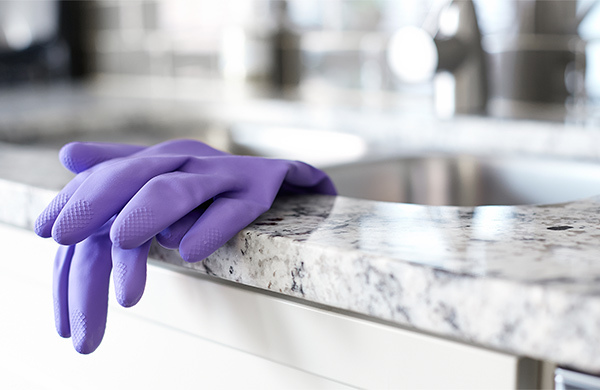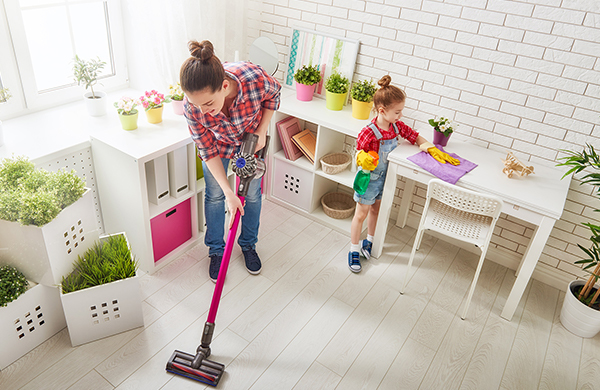We're going beyond the obvious (toilet and sink) to the items you must attend to in order for the bathroom to be really clean.
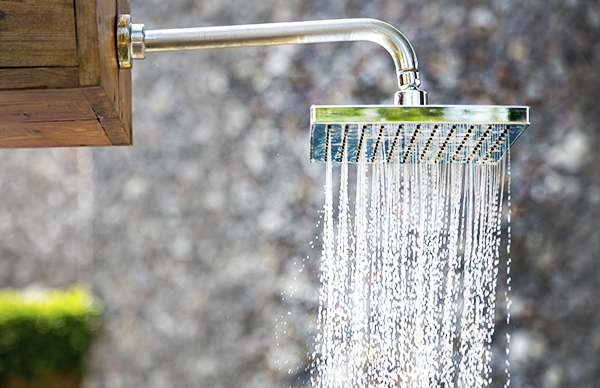
Mineral deposits can clog the little holes in a shower head, so if water isn't coming out of all of the openings, it's time to clean it.
Instructions
-
Use a sponge or old toothbrush to clean loose deposits
-
Fill a plastic bag with a 1:1 solution of vinegar and warm water
-
Put the showerhead in the bag, so the holes are submerged, and fasten it with a rubber band or twist tie
-
Leave it to soak for 20 minutes or more
-
Flush the debris away by running the shower on very hot water
-
Use a toothbrush or paperclip to remove any lingering deposits
Pro Tip
If your shower head is removable, take it off to get a deeper clean.
How often
Clean every 6 months, or whenever you notice a change in water pressure.
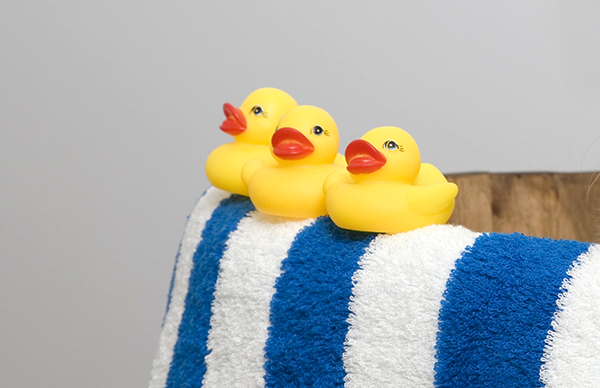
Mold can build up inside and outside bath toys, creating a toxic swill. Cleaning bath toys can be difficult—but it's not as hard as it seems.
Instructions
First, as far as a cleaning solution goes, you have two options: Bleach is super-effective, but if not rinsed away thoroughly, potentially harmful to little bodies. Experts say white vinegar can be just as effective and much safer—at most, it will not taste great when squirted into little mouths. Either way, a solution of 1/2 to 1 cup of bleach or vinegar in a gallon of water should suffice.
-
Squeeze any remaining water out of the toy and allow it to dry.
-
Soak the toy in the solution for at least an hour; overnight is best. Be sure to squeeze the solution into the toy and swish it around to be sure it gets all over the inside.
-
Scrub the outside of the toy with a toothbrush soaked in your solution
-
Rinse the toy thoroughly (until you no longer smell bleach when you squeeze water out of it), and allow to dry completely, preferably in the sun.
Pro Tip
To prevent the need to clean the inside again, when the toy is dry, seal the hole with a glue gun or super glue.
How often
Once a week
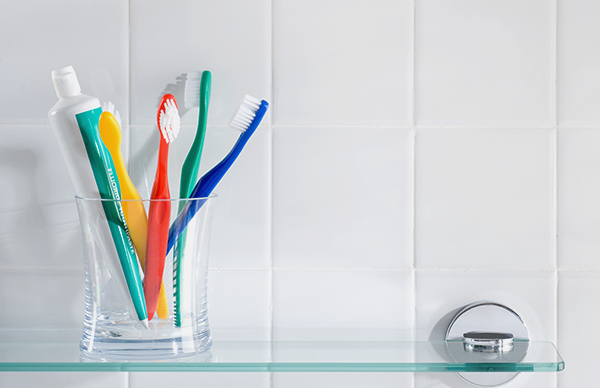
How to Clean a Toothbrush Holder
Some say the toothbrush holder is one of the germiest spots in the house, mostly because it's in the bathroom, but also because people don't often consider cleaning it. It's a hotbed for mold and germs.
Instructions
-
Rinse it with hot water
-
Use an old toothbrush or pipe cleaner to scrub it inside and out
-
Soak it in antibacterial mouthwash or a 1:1 vinegar-water solution for at least 5 minutes
-
Rinse, scrub, and rinse it again
-
Let it dry thoroughly before putting your toothbrushes back in it
Pro Tip
You can also run it through the dishwasher or use toothpaste to scrub it.
How often
Once a month
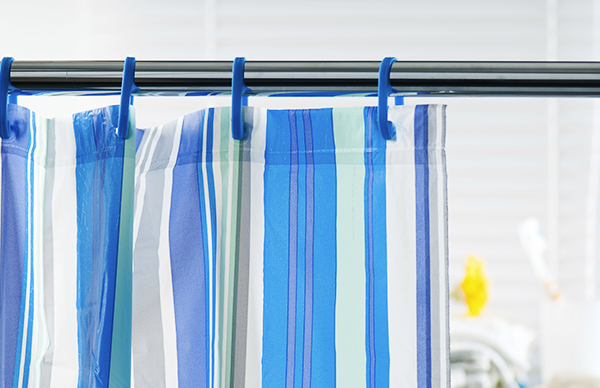
How to Clean a Shower Curtain
Mildew and soap scum buildup on a shower curtain cause discoloration and general grossness. Luckily, it's easy to clean.
Instructions
You've two got options. You can simply wipe it down by hand, with a damp cloth sprinkled with baking soda. Alternately, you can use your washing machine, even if the curtain's made of plastic or vinyl.
-
Set the machine on warm.
-
Fortify your regular dose of laundry detergent with baking soda or bleach.
-
Run the machine as usual.
- If you can, add a cup of vinegar to the rinse cycle,
-
Drip dry or put in dryer on the lowest heat setting.
Pro Tip
Adding a couple of bath towels to the load keeps the curtain from wrinkling.
How often
Ideally, once a month to every 3 months
You're probably already cleaning the outside of your faucet during your routine bathroom cleans, but a deep clean goes a long way toward removing hard water deposits, which can affect your water pressure and dull the shine of your fixture.
Instructions
-
First, check what material your faucet is made of; some cleaning solutions aren't meant for iron or nickel, for example.
-
Make your solution: either a blend of water and calcium remover (for which you should use gloves) or undiluted white vinegar
-
Pour this solution into a baggie and wrap it around the faucet, tying it up with a twist tie or rubber band
-
Let the faucet soak for anywhere from 1 to 24 hours (the calcium remover will work more quickly)
-
Scrub off loosened buildup inside and outside the faucet with a toothbrush
-
Rinse and dry
Pro Tip
Using a microfiber towel to dry your faucet will give it extra shine.
How often
Every 3–6 months

















